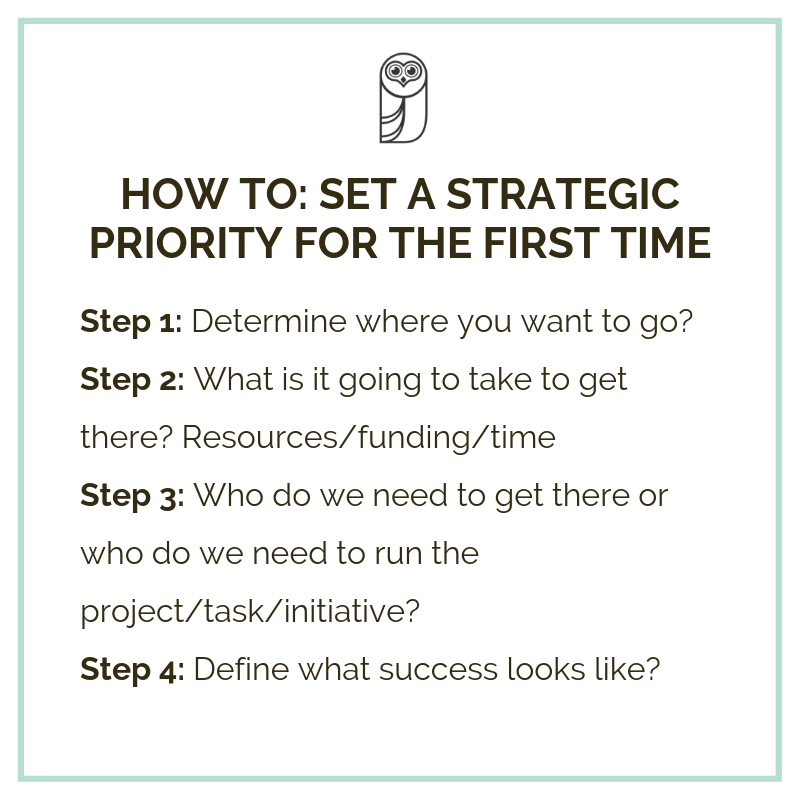Keys To Success When Starting A Business
Starting a business can and should be very exciting. You have a fresh new idea, maybe you saw a problem and your company know the perfect fix. However, business ownership can quickly become taxing and/or overwhelming if you don’t take time to do a few key things. Those things are developing your mission, creating a strategic plan and hiring a team or outsourcing.

Step 1: The Mission
Our mission at WISE is to enable military spouses and small business owners to have the life, family, and career that they have always dreamed of.
Your mission is critical to your success in business. It is what keeps you grounded, gives you direction and keeps you motivated on the tough days (and yes those days will come if they haven’t already). Your mission is your organizational rallying cry. It helps you easily make decisions as you grow and scale.
Does it align with or fit into our mission? If the answer is no, then you shouldn’t be doing it. Developing a mission statement takes intention and time. Don’t rush the process. Curate something that speaks to the soul, passion and driving forces of your organization. Once you have it, share it.
Step 2: Strategic Priorities
Next, take your business plan out and if you don’t have one, write one. It doesn’t have to be perfect but you need to know where you are going in order to figure out how to get there. That is where Strategic Priorities come from. Strategic priorities are tangible tasks or goals that are SMART (specific, measurable, achievable, relevant and time-bound).
Strategic priorities take the big anchors of your business plan and break them down into what is most important right now (now being the next 3 or so months). Strategic priorities will keep you focused, give you tangible tasks and enable you to achieve your goals.
How do you set a strategic priority for the first time?
Step 1: Determine where you want to go?
Step 2: What is it going to take to get there? Resources/funding/time
Step 3: Who do we need to get there or who do we need to run the project/task/initiative?
Step 4: Define what success looks like.

Setting a strategic priority once you're in scale mode: Ask yourself what is broken, what is missing, and what is confusing? Choose items from there that will have the biggest return on investment or the biggest impact on your business if not addressed.
Step 3: Build the Team
Lastly, surround yourself with “hungry, humble and smart” people to get you there (Pat Lencioni, Ideal Team Player). You can’t scale your business without a team. We all like to believe that we are superwoman/superman but our business will not operate at it’s best if we are trying to do everything ourselves. Something will drop. Your team can be made up of employees(part-time or full time), contractors or agency partners (like WISE). Decide on the best type for you by evaluating your budget, your needs, and your timeline.
Once you have decided to start your own business, the next steps can be confusing. Every different type of business possesses its unique requirements. However, developing your mission, establishing your strategic priorities, and building your team are universal regardless of your industry. Surrounding yourself with the right people working for the same goal makes creating and scaling your business all the more possible.
Not sure what is the next step? Ready for growth? Work with our team for Business Advisory to set you up with a path for next steps.

Laura Early
WISE Deputy Director and Co-Founder, Laura combines her background in project management and behavioral health to ensure all services, products, and initiatives reinforce organizational culture. With over a decade of event and project management experience, she has planned and executed over 150 events in 6 countries and advised over 300 businesses and nonprofits. Laura is a proud Army spouse who currently lives in Washington DC.
